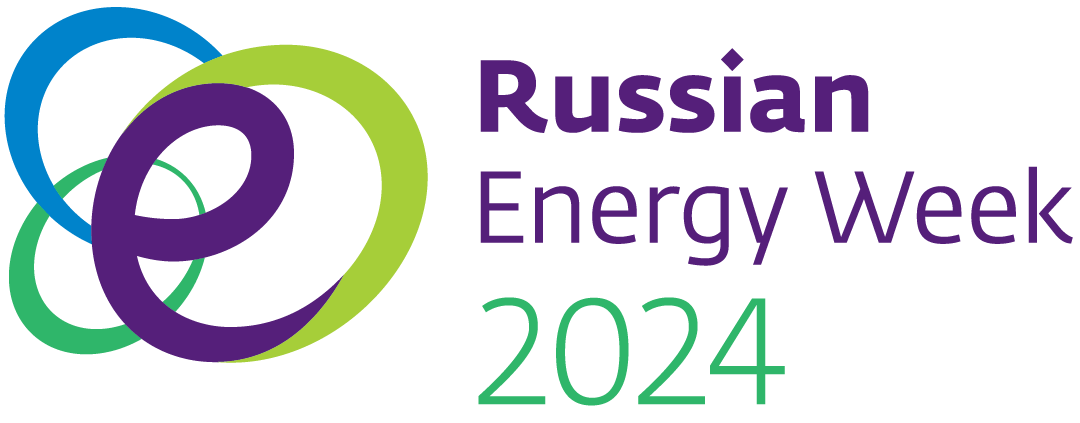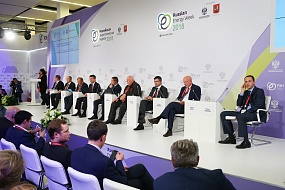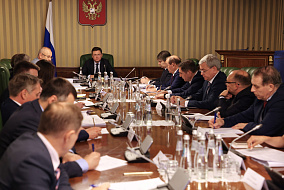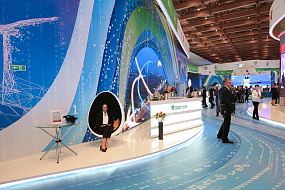Oil Production in Russia: A Star or Cash Cow?
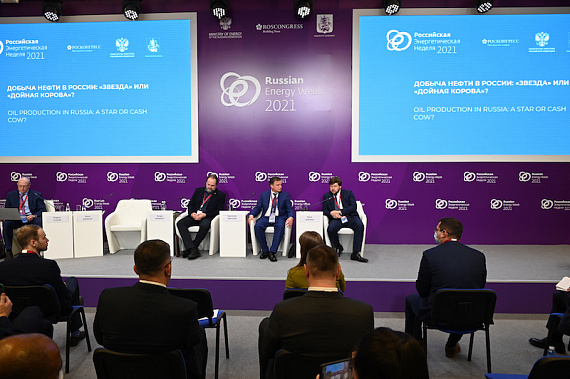
KEY CONCLUSIONS
Russia’s oil and gas reserves are dwindling, and their quality is deteriorating. The government needs to focus on creating conditions to develop new reserves at adequate costs taking into account new environmental requirements.
“We are seeing several global trends in the oil and gas industry. First, with regard to Russia, it’s a deterioration in the quality of reserves. The Soviet legacy that we already had and with which we have essentially been working for 30 years is gradually approaching a certain stage in which [reserves] cease to be high-quality and easy to develop or provide some super high revenue [...] So, consequently, we are seeing a decrease in the amount of reserves at newly discovered fields and at the ones that are put on the balance sheet. Reserves at large deposits of the past are becoming depleted, and the new ones aren’t replacing them. This is an important trend that must be taken into account in all calculations and in all the strategies that we are working on […] Sooner or later, the carbon footprint of the products we sell will catch up to us,” Russian Deputy Minister of Energy Pavel Sorokin said.
“We see that the markets, even with the good market conditions of today, are quite difficult to predict in 10–20 years. There will be oil, but what volume and how it will all compete with other types of energy resources is a separate issue,” INK-Capital Member of the Board of Directors Sergey Donskoy said.
PROBLEMS
Higher infrastructure costs amidst the insufficient availability of technology and lack of economic appeal of environmental projects
“Spending on infrastructure and the mobilization of machinery and equipment will increase. The domestic industry is not yet capable of providing the entire range of technologies to the industry in the same quality and at the price needed to develop [hydrocarbon] reserves. This means that we are still dependent on imports to develop these categories of reserves. And these are currency risks [...] It’s not a risk of various economic measures, but of pressure being put on our energy complex [...] Major suppliers of equipment and services are not above such methods, which ultimately impacts the global consumer, because this prevents part of the [supplies] from entering the market. This may happen, and we must also take this into account. The situation is such that the quality is deteriorating and the potential costs of developing these reserves are growing, while we have an incomplete range of equipment and services,” Russian Deputy Minister of Energy Pavel Sorokin said.
“This involves a group [of environmental projects] and measures that, unfortunately, as experts tell us, make up the minority of emissions-related measures. Most [projects] don’t have any economic incentives yet. Until these incentives exist, there will probably be no systemic movement either. In this sense, testing sites are among the most important steps,” Zarubezhneft Deputy General Director for Digital Transformation and Energy Projects Vyacheslav Sinyugin said.
“At present, we and the oil companies – once again, I’ll cite Gazprom Neft – have begun creating our own testing site to develop technologies to capture, transport, and pump carbon. Whereas there are no special problems technologically in terms of pumping and transportation, capture technologies virtually don’t exist in Russia,” said Sergey Filatov, Director of the Department of Subsoil Use and Natural Resources of the Khanty-Mansi Autonomous Area – Yugra.
SOLUTIONS
Businesses and the government need to coordinate their work to reduce the carbon footprint and create conditions for the emergence of new hydrocarbon reserves, oil in particular, at adequate costs, including by allowing the use of infrastructure
“One of the main challenges that we have to work with is creating conditions to develop our own [hydrocarbon] reserves at an adequate price in order to stay below the supply curve […] Our job is to maintain the competitive ability to use infrastructure, which means both access to it and the cost of its use. These are also two of the components that we need to look over the next 20 years because it will be difficult if we don’t have the opportunity to export this oil in a cheap way. This is where the Northern Sea Route comes in handy. Even now, we need to understand and make every effort in all our new developments and, if possible, already at existing fields, to create conditions to reduce the carbon footprint […] Here we need some sort of coordinated policy between companies and the government so that everyone understands what steps will lead to what results,” Russian Deputy Minister of Energy Pavel Sorokin said.
“In the next two or three years, some new ideas will emerge in terms of technological proposals and the use of reserves, but this will all be in the future, and this creates a certain instability. In this regard, all other factors – infrastructure, taxes, environmental restrictions, and demand –must all be balanced to develop the industry [...] When we talk about the need to develop technologies and what needs to be stimulated through taxes, a reduction in various so-called barriers, and various forms of building public infrastructure, this all must be balanced. Because when there is uncoordinated activity, this discourages a company from working to a certain extent,” INK-Capital Member of the Board of Directors Sergey Donskoy said.
“Conditions [need to be created] through state regulation, and the industry will generate more than RUB 600 billion of investments for us. This is the task that both the region and the government must set before oil companies for a long time,” said Sergey Filatov, Director of the Department of Subsoil Use and Natural Resources of the Khanty-Mansi Autonomous Area – Yugra.
For more, see the Roscongress Foundation’s Information and Analytical System roscongress.org.
